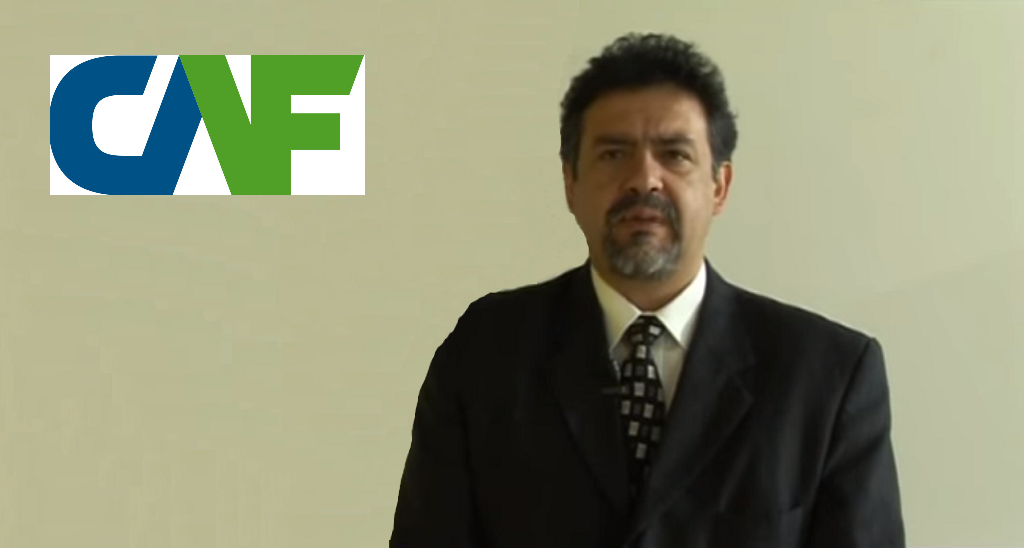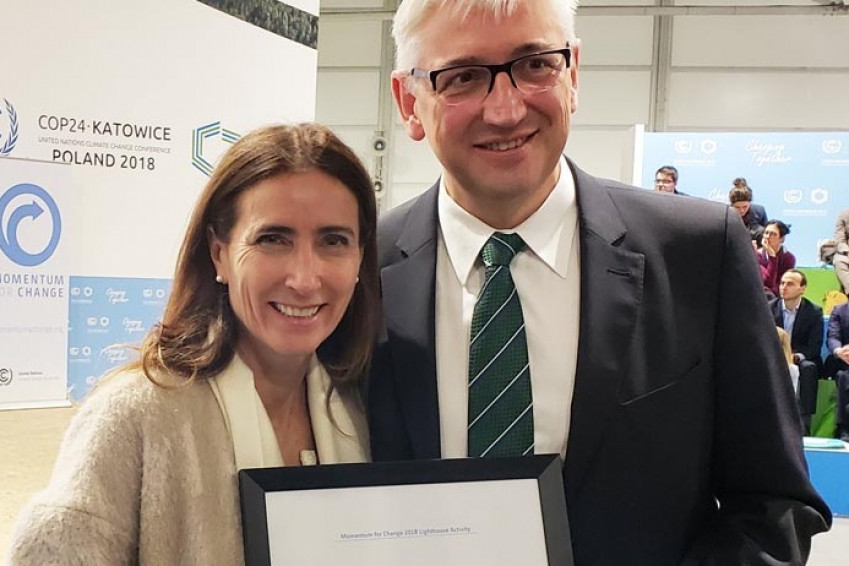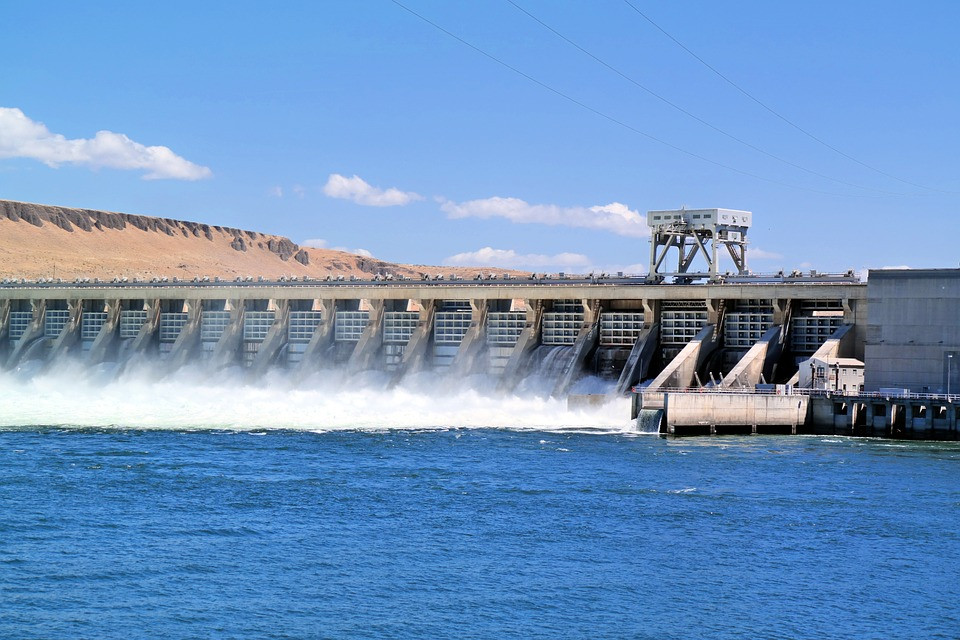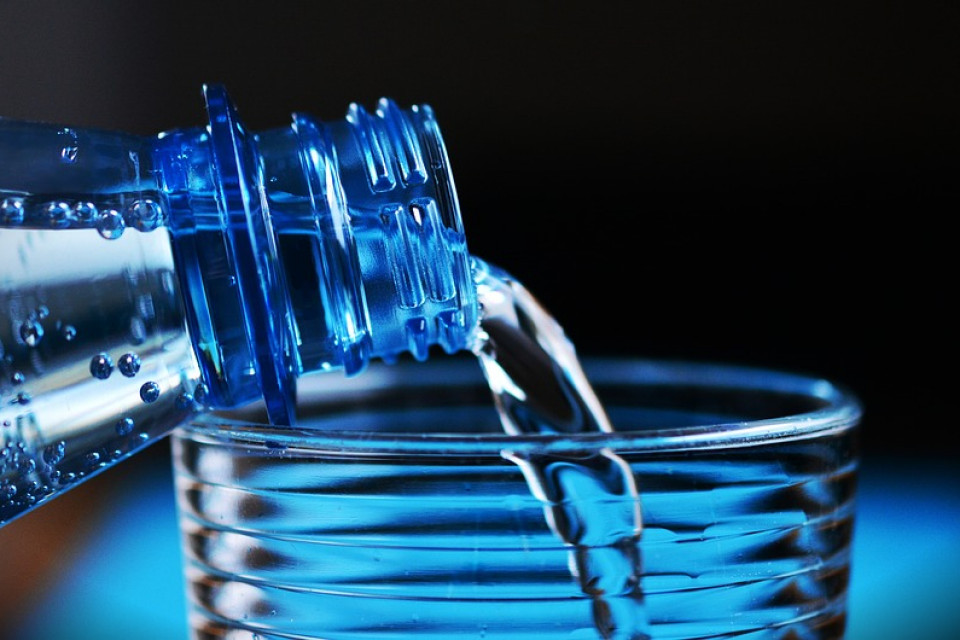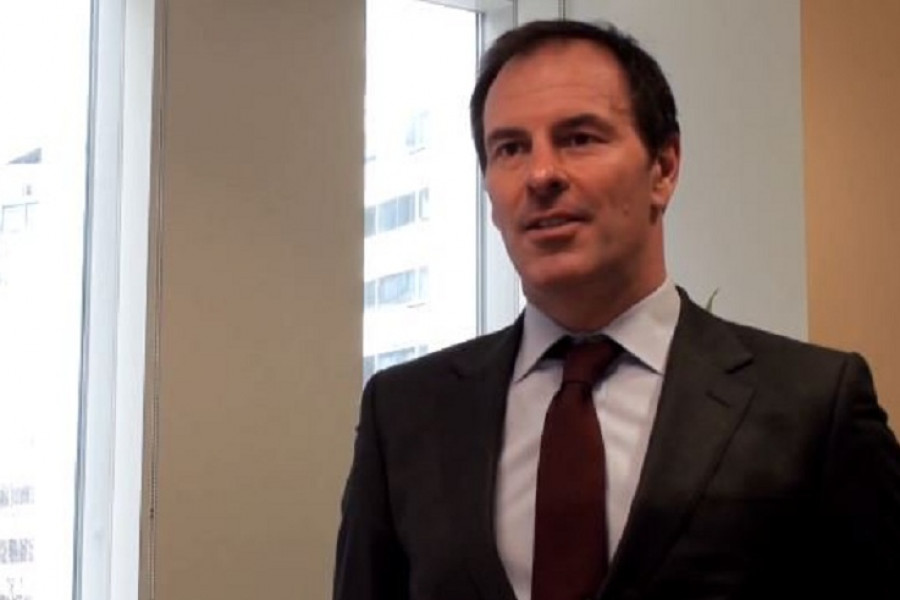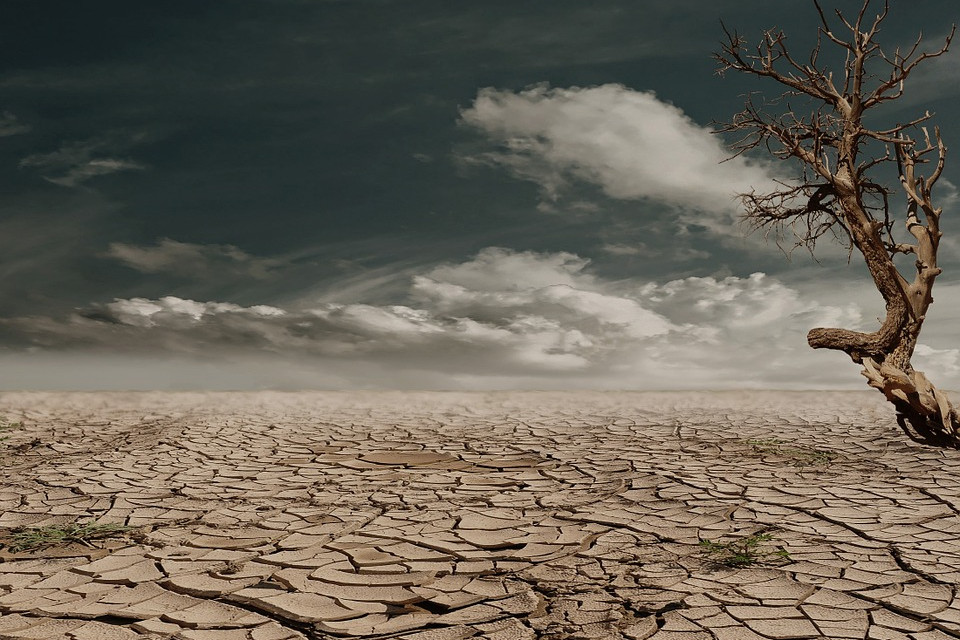Franz Rojas: "The management and sustainability of water resources require increasing hydraulic infrastructure"
Carmen P. Flores
For Franz Rojas, Coordinator of the Water Agenda and Vice President of Social Development of the development bank of Latin America CAF, the keys to increasing resistance to the effects of climate change are prevention, planning, and a culture of resistant to climate change.
Mr. Rojas, how important will climate change be in this immediate future as regards the sustainability of water resources in Latin America?
Nowadays, the effects of climate change on water resources are already being felt. Hydro-meteorological patterns have been affected, exacerbating floods and droughts, affecting existing infrastructure, causing economic losses, decreasing production and, even more worrying, increasing the risk of loss of human life.
In this perspective, the management and sustainability of water resources require actions on both the supply and demand sides, by increasing hydraulic infrastructure, either to store water to counteract droughts or to retain and control it in case of flooding. However, it also requires non-structural measures such as urban planning ordinances, monitoring and early warning systems, as well as greater citizen awareness, both for the rational use of water and for assimilating the risks of settling in areas vulnerable to flooding or landslides.
Why is innovation important, both in the provision of water services and in sanitation?
Innovation is essential to increase the efficiency and effectiveness of water and sanitation services and thereby increase resilience and capacity adaptive to weather uncertainty, as well as to carry out mitigation actions. The use of the Internet of Things, big data and remote sensors, for example, significantly reduce water losses in supply systems, reduce energy inefficiency, increase the continuity of services, control water quality supplied and the quality of the water that gets discharged into the bodies of water, with the corresponding benefits to the environment. Additionally, with the rational use of natural resources and the reduction of costs in the supply systems, service providers can attract greater financial resources, either for expansion plans and increased coverage or to improve service quality.
Is the debate on innovation in the urban water cycle important in the context of the circular economy?
Totally. Innovation is a preponderant factor when it comes to achieving increasingly less expensive but more effective treatments. This facilitates the implementation of a circular economy, through obtaining higher quality and more cost-efficient products at each stage of the urban water cycle.
A quite clear example in the region is the increasing use of gases and biosolids from wastewater treatment plants for power generation, which allows them to significantly reduce their operating costs. Additionally, this allows water reuse for agricultural irrigation or for other uses, including with the potential to be reused for drinking water supply, and the use of plant sludge as fertiliser to improve agricultural soils. In this perspective, the World Bank and CAF are promoting a regional initiative called "From waste to the concept of a new resource", aimed precisely at giving greater impetus to the circular economy approach in the region.
Which countries have better sanitation infrastructure and which have more deficiencies?
The hydraulic and sanitation infrastructure has to have multiple attributes: capacity, reliability, flexibility, cost-efficiency, among others. The important thing is to have modular infrastructure that avoids both oversizing and idle capacity, as well as having the infrastructure operated and maintained in an appropriate manner. This is essential in view of the substantial challenge of tripling investments to meet the SDGs, which requires optimizing infrastructure sizing, as well as managing assets, a task in which few water operators implement properly.
Because of this, in the Latin American and Caribbean region there are several countries that have significantly increased their infrastructure in the last ten years. This in turn has allowed them to substantially increase the coverage of drinking water, sanitation sewerage and treatment of residual water, such as Chile and Mexico. Nevertheless, there is still a significant gap in treatment in most countries of the region, which adds to the need to increase the infrastructure for flood control and forecasting and hold reserves for droughts. In contrast, in developed countries, the challenges are more orientated towards replacing or rehabilitating ageing infrastructure that has fulfilled its useful life, and the investments are equally substantial.
Is public-private collaboration important for advancing water treatment infrastructure?
Currently, we need to rethink and propose new tools and models for financing hydraulic and sanitation infrastructure, even more so given the challenges imposed by the Sustainable Development Goals (SDGs). Public resources were, and will continue to be substantial, but the opportunity to attract private resources cannot be overlooked, particularly for infrastructure that can be financed, built and operated efficiently by the private sector. This would also allow for better fiscal discipline and implementing a differentiated and focused financial policy, in which public resources can be directed, for example, to support infrastructure in vulnerable sectors, such as poor peri-urban areas of large cities, rural areas or alternatively, for infrastructure for flood control - the latter usually considered as a public asset. In addition, there is the possibility that the private sector can incorporate new, more cost-efficient technologies that result in benefits for both the operator and the end users.
What water strategy does your organisation have for the years 2019-2022?
CAF's strategic vision for the sector is based on an integrated water safety and security approach. This includes guaranteeing access to water for people, ensuring physical availability for sustainable productive development, conserving water bodies and ecosystems, and reducing the risks associated with lack of, or excess of water.
The strategic water proposal, formulated in our Water Strategy 2019-2022, which was published last July, considers points of interconnection with the sanitation and nutrition, education, environment and climate change sectors, as well as with the thematic field "Cities with Future" promoted by CAF, within the framework of an inter-sectoral vision.
Within this conceptual scheme, five sector objectives have been defined:
1. Safe, efficient and sustainable access to water and sanitation services;
2. Reduction of water pollution and preservation of ecosystems;
3. Efficient and affordable access to rural irrigation services for family farming;
4. Multi-sectoral water development for agribusiness and other productive uses;
5. Improved governance and sustainable management of water resources.
To this end, tangible, result-orientated goals and the end users for each subsector have been defined, as well as the use of different tools and instruments for its operation.
How does CAF collaborate with Latin American countries?
CAF has become a fundamental support mechanism for its member countries to contribute to fulfil the commitments assumed by them, among which are the SDGs of the 2030 Agenda, which postulate, among other goals, to achieve universal drinking and sanitation water services, along with the eradication of hunger.
This support mainly consists of financing of infrastructure works accompanied by processes for improving and strengthening the legal and institutional framework, with different programmes and projects in more than ten countries in Latin America and the Caribbean. In addition, CAF contributes with non-reimbursable funds, under the guise of technical assistance, for applied research, capacity enlargement and knowledge management. In addition, we have created a Pre-investment Programme aimed at accelerating the project cycle and improving the quality of the studies that support the water sector development programmes in the region.


